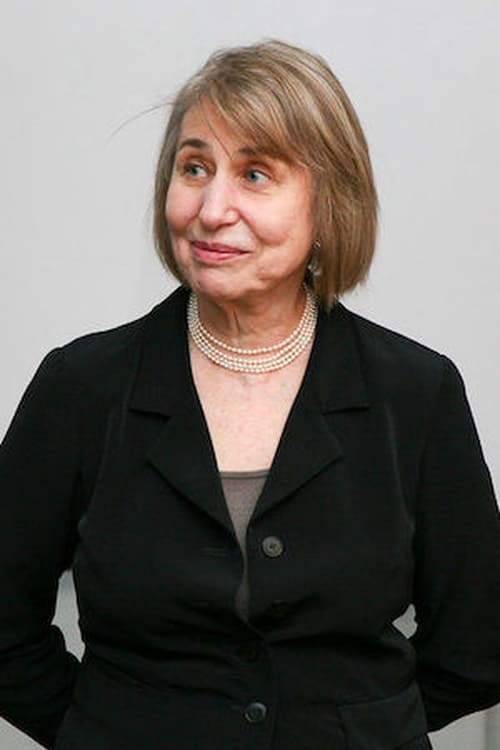Joyce Chopra
Birth : 1936-10-27, New York City, New York, USA
History
Joyce Chopra is an American director and writer of feature films and television. Chopra graduated from Brandeis University in Waltham, Massachusetts. Chopra was married to American stage and screenwriter Tom Cole until he died on February 23, 2009. Her first narrative feature-length film, Smooth Talk (1985), won the Independent Spirit Award for Best Director and Grand Jury Prize at the 1985 Sundance Film Festival. The film is an adaptation of Joyce Carol Oates' 1966 short story, Where Are You Going, Where Have You Been?, and was adapted by her husband, Tom Cole.

Anne
During a stark winter weekend in upstate NY, siblings reconnect a year after their mother's death.

Director
An inspiring look inside a unique residence in Manhattan that is providing a safe home for 25 gay and transgender teenagers for have experienced violence at home and on the streets. Told from their candid, often witty perspective, the film follows these courageous kids as they strive to remake their lives.

Director
Molly is a girl living in the year 1944 and WWII has brought many changes to Molly's life. An English girl comes to live with Molly's family to escape the bombings. They slowly become good friends.

Director
A Hollywood star (Fawcett), fed up with her husband's cheating, hires a private investigator to tail him. Emotional support is offered by her two friends - a soul singer (Givens) and a famous director's wife (Gilbert)
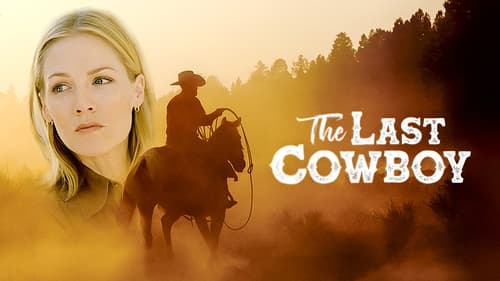
Director
John William 'Will' Cooper is a modern-day rancher, maintaining his ranch in hard times along with his friend and foreman Amos Russell. When Will's estranged daughter Jake returns to the ranch for her grandfather's funeral, father and daughter clash over how to run the ranch and over the death years before of Jake's mother, which she blames on Will. Crisis comes in the form of insurmountable debt, and it is only by working together that Will and Jake have any chance of saving their home and their family.

Director
A teen-age girl and her father come to an island on Hawaii, they find a closer relationship to each other and think about changing the island. During her adventures, Sydney finds friends, a new hobby with her fantastic photography, and the truth about her mother.

Director
In 1938, Jewish-rights activist Emma Sachs is targeted by the Nazis. When she dies, foul play is suspected. But was it the Nazis, or was it someone else? Det. Tony Rossini investigates, along with Larry "Cash" Carter, a theatre director connected to Mrs. Sachs and her family.
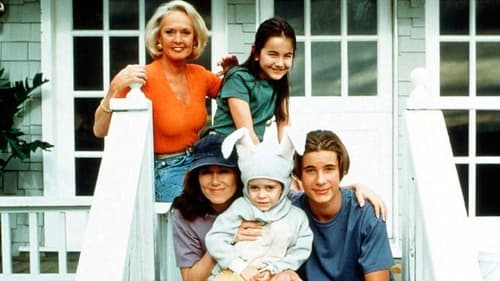
Director
Linda and George live in a small town. He is the school principal. They are about to celebrate their 16th anniversary. She catches him with her daughter's young teacher, and has to deal with the kids, the town and her love to him.

Director
A widowed theatre director moves to a small Connecticut town where he gets involved in solving the murder of a millionaire, who was the most despised man in town.

Director
It has been nine years since Bancroft's character shot Brown's son. She goes to the prison to vent her rage at him over what he did, and discovers he's not the monster she thought he was.

Director
Liz dreams of buying a house and starts working as a call girl. She then becomes emotionally involved in a young man.

Director
Dana Griffin is what some call a gold digger and has a habit of getting what she wants anyway possible. She is to wed wealthy Ted but her deceit is exposed. To build her life back she targets her friend Barbara and begins to take over her life.

Director
Inspired by the the life of Pulitzer Prize-winning, Miami-based journalist, Edna Buchanan, who investigates the murder of a man with ties to the Miami mafia.

Director
The Corpse had a Familiar Face is a 1994 American TV-Movie with Elizabeth Montgomery, playing Edna Buchanan, a Miami's criminal journalist.
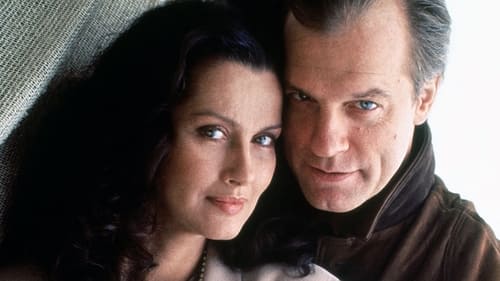
Director
A beautiful woman is found stranded in the desert with no recollection of who she is or how she got there, so a casino boss makes it his mission to help her.
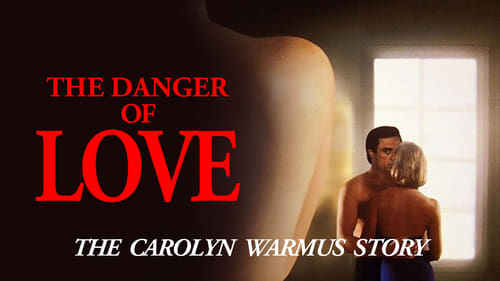
Director
Michael Carlin, a teacher, has been having an affair with a much younger fellow teacher Carolyn Warmus. When his wife is murdered, the police suspect him due to inconsistencies in his alibi, and no evidence points to anyone else.

Director
A woman is delighted to have given birth to a baby girl but her life is turned into a nightmare when she goes missing. The police mount a frantic search but to the woman's horror she finds out that it's herself who is the main suspect.
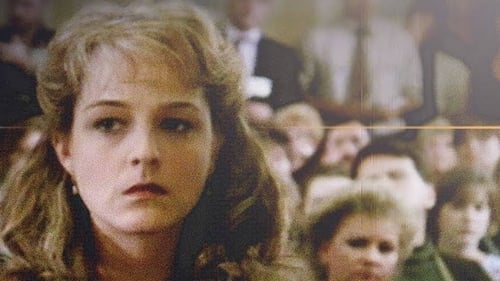
Director
Pamela Smart knows exactly what she wants and is willing to do anything to get it. She is fed up with teaching, and her marriage offers little excitement. Looking for a way out she applies for a job at a local TV station. When her dreams of fame are dashed by rejection, she seduces 15-year-old Billy, one of her students. Pam challenges Billy to prove his love for her by getting rid of her husband. The stakes heat up with a huge insurance policy on her husband's life.

Director
Three life-long friends work the bars in 1980s Atlantic City performing the songs of the 1960s girl groups.

Self
Documentary about women in the film industry. Numerous notable actresses and female directors share their thoughts.
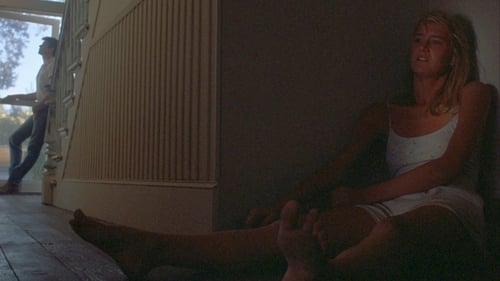
Director
Based on the short story, "Where Are You Going, Where Have You Been", by Joyce Carol Oates, this film chronicles 15-year-old Connie's sexual awakening in the Northern California suburbs. Her experimentation gets out of hand when the mysterious Arnold Friend takes an interest in her.

Editor
Hungarian composer Zoltán Kodály believed that music could be taught to children as readily as reading. The method he developed uses a child's own natural instrument, the voice. Beginning with simple musical intervals, the child progresses from folk tunes and children's songs to the complex notes and rhythms of composed music--from Bye baby bunting to Bach. [The film] is a look at the Kodály method of music training in public elementary schools in San Jose, California, and West Hartford, Connecticut. Ordinary children are shown in the film, but they exhibit extraordinary self-confidence, discipline, concentration, and an eagerness to learn. There is no such thing as failure in a Kodály classroom; in fact, the children are able to correct their mistakes themselves. Moreover, the children will bring much of 'how' they learn in their music lessons--counting and problem-solving, left-to-right progression, following directions--to their study of reading, writing and arithmetic.

Producer
Hungarian composer Zoltán Kodály believed that music could be taught to children as readily as reading. The method he developed uses a child's own natural instrument, the voice. Beginning with simple musical intervals, the child progresses from folk tunes and children's songs to the complex notes and rhythms of composed music--from Bye baby bunting to Bach. [The film] is a look at the Kodály method of music training in public elementary schools in San Jose, California, and West Hartford, Connecticut. Ordinary children are shown in the film, but they exhibit extraordinary self-confidence, discipline, concentration, and an eagerness to learn. There is no such thing as failure in a Kodály classroom; in fact, the children are able to correct their mistakes themselves. Moreover, the children will bring much of 'how' they learn in their music lessons--counting and problem-solving, left-to-right progression, following directions--to their study of reading, writing and arithmetic.

Director
Hungarian composer Zoltán Kodály believed that music could be taught to children as readily as reading. The method he developed uses a child's own natural instrument, the voice. Beginning with simple musical intervals, the child progresses from folk tunes and children's songs to the complex notes and rhythms of composed music--from Bye baby bunting to Bach. [The film] is a look at the Kodály method of music training in public elementary schools in San Jose, California, and West Hartford, Connecticut. Ordinary children are shown in the film, but they exhibit extraordinary self-confidence, discipline, concentration, and an eagerness to learn. There is no such thing as failure in a Kodály classroom; in fact, the children are able to correct their mistakes themselves. Moreover, the children will bring much of 'how' they learn in their music lessons--counting and problem-solving, left-to-right progression, following directions--to their study of reading, writing and arithmetic.

Director
This documentary follows Martha Clarke's creative process for a year as she finds her own voice as a choreographer following her departure from Pilobolus Dance Theater.

Director
A 1978 documentary short about a growing phenomenon of its time: women returning to work as they reach middle age.

Director
A 1978 documentary about healthcare services in five locations in Nigeria.

Director
Tells about two young Black women and how they cope with their responsibilities as well as pursue their career ambitions.

Editor
The camera goes to live among a group of 12‐year‐old girls in a middle‐class New England neighborhood. It accompanies them to school, goes to their slumber parties, listens to their gossip about their largely incorporeal boy friends, buys clothes with them and interviews them, their teachers and their parents.

Producer
The camera goes to live among a group of 12‐year‐old girls in a middle‐class New England neighborhood. It accompanies them to school, goes to their slumber parties, listens to their gossip about their largely incorporeal boy friends, buys clothes with them and interviews them, their teachers and their parents.

Director
The camera goes to live among a group of 12‐year‐old girls in a middle‐class New England neighborhood. It accompanies them to school, goes to their slumber parties, listens to their gossip about their largely incorporeal boy friends, buys clothes with them and interviews them, their teachers and their parents.

Director
A 1973 short film about the noted educator and president of Radcliffe College.

Writer
After giving birth, Joyce attempts to regain her position as a filmmaker while also caring for her new baby. The changes to both her and her husband’s professional lives are remarkable and frustrating. The new parents love the baby but must recognize the limitations she puts on their careers.

Self
After giving birth, Joyce attempts to regain her position as a filmmaker while also caring for her new baby. The changes to both her and her husband’s professional lives are remarkable and frustrating. The new parents love the baby but must recognize the limitations she puts on their careers.

Director
After giving birth, Joyce attempts to regain her position as a filmmaker while also caring for her new baby. The changes to both her and her husband’s professional lives are remarkable and frustrating. The new parents love the baby but must recognize the limitations she puts on their careers.

Director
Started as a class project in what was likely the first filmmaking course ever taught at Harvard, Marathon documents the running of the 1964 Boston Marathon.

Director
In 1963 the first known surviving set of American quintuplets were born to Mary Ann and Andrew Fischer, this film looks at some of the changes their arrival caused to their family.

Sound Editor
The film's title is borrowed from a Dani fable that Gardner recounts in voice-over. The Dani people, whom Gardner identifies mysteriously as "a mountain people," believe that there was once a great race between a bird and a snake, which was to determine the lives of human beings. Should men shed their skins and live forever like snakes, or die like birds? The bird won the race, dictating that man must die. The film's plot revolves around two characters, Weyak and Pua. Weyak is a warrior who guards the frontier between the land of his tribe and that of the neighboring tribe. Pua is a young boy whom Gardner depicts as weak and inept.
